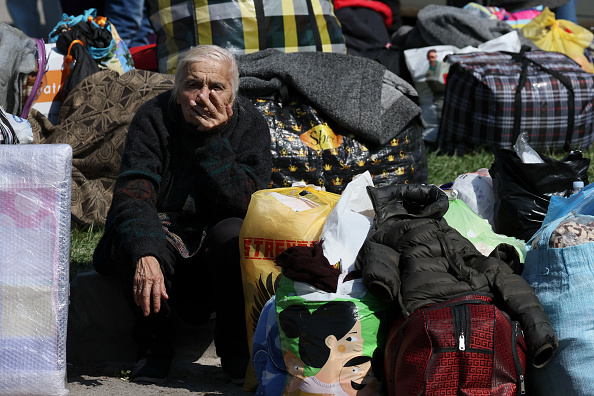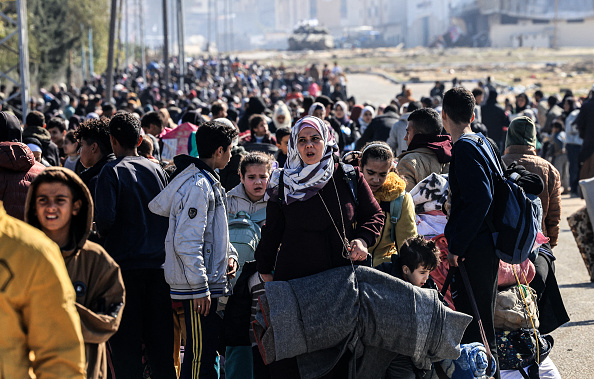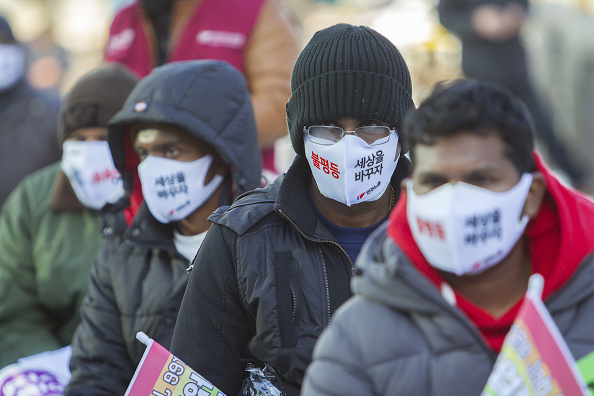Europe’s Real Migration Crisis
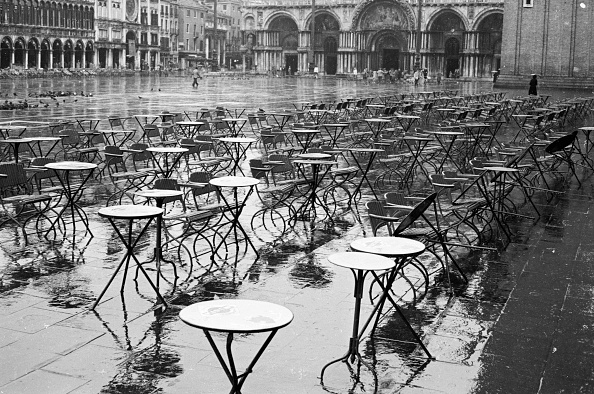
The demographic projections read like a dystopian sci-fi story of epic decline: without immigration from non-European Union countries, Europe will become “increasingly old, weak, and irrelevant” by the end of the twenty-first century. The EU’s official statistical office is remarkably blunt: “For the EU, the scenario of higher migration is the only one that results in an increase in population in 2100 in comparison with 2022.”
At a bare minimum, Europe will have to sustain an annual net immigration of 1.2 million people until the year 2100—immigration from all categories: refugees, asylum-seekers, workers, students, and family members seeking reunification.
By heavily restricting both “legal” and “irregular” immigration, Europe is quite literally depopulating itself. Europe’s real migration crisis, then, isn’t that there are too many immigrants. It’s that there are not enough of them.
The EU and its Member States are undoubtedly aware of this long-term existential threat. Yet, as with human-induced climate change, they are choosing ineffective short-term solutions for reasons of political expediency. And they are neglecting effective long-term actions for reasons of sheer survival, justice, and morality. A critical look at four key policy courses pursued by Europe reveals a stunning pattern of failure, cynicism, and wishful thinking.
Expanding “legal pathways” for refugees and asylum seekers
European statesmen and women obsessively inveigh against smugglers as the root cause of “irregular” migration. The evil smugglers, leaders say, are ultimately responsible for the death of the 28,000 migrants who have tried to cross the Mediterranean since 2014. This cynical moral discourse deflects the public from the real cause of these deaths: illegal pushbacks and sea or land interdictions by European countries or the North African partners Europe pays off to do its dirty work. It also serves to justify further expansion of border controls, deviations from EU’s own laws for ensuring fair rights and procedures for asylum seekers, deportations of more migrants, and fewer protections and rights for those lucky enough to be granted asylum.
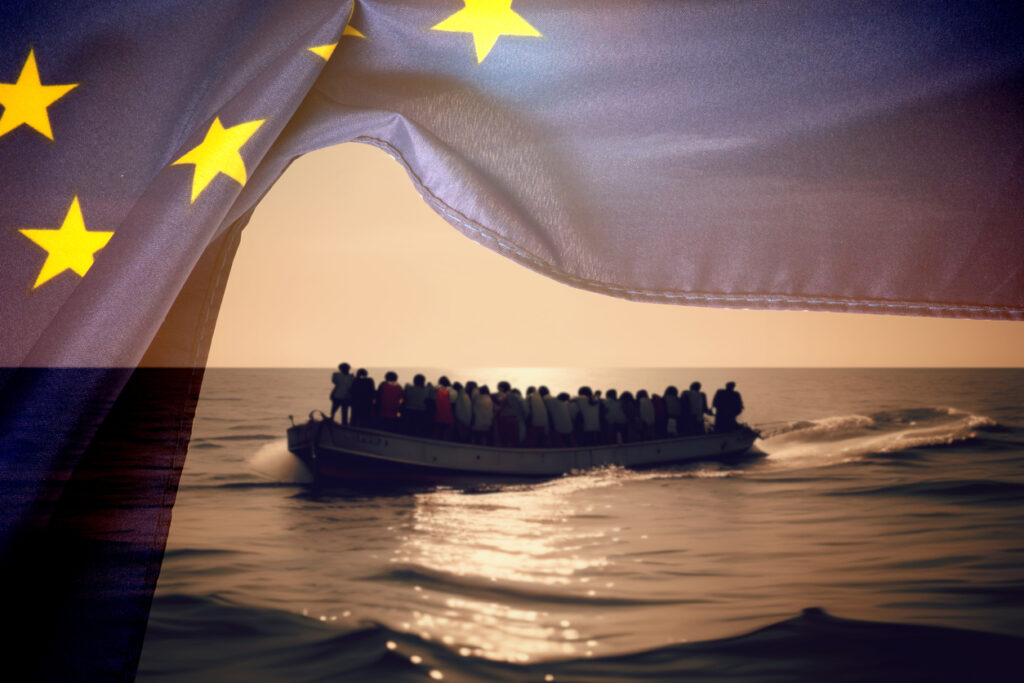
European leaders are adamant about presenting “legal pathways” as the only true solution to Europe’s migration woes, as European Commission President Ursula von der Leyen reiterated in September 2023 on her visit to the Italian island of Lampedusa. Refugees and asylum seekers are welcome here, she said, but only through “managed” and “safe” channels, such as national refugee resettlement programs or NGO-run humanitarian corridors.
But the numbers tell a different story. Most EU member states didn’t resettle a single refugee in 2023. Between 2014 and 2022 the EU bloc resettled on average a meagre 13,800 refugees per year—a figure lower than the lowest refugee admission ceiling set by the Trump administration.
Expanding labor immigration
When officials speak of expanding legal pathways, what they really mean is labor immigration of skilled workers or refugees cherry-picked to fill critical domestic labor shortages across all economic sectors.
The numbers here partly align with this approach. Labor immigration in many European countries, whether run by left-of-center or far-right parties, is ramping up. Between 2017 and 2022, Poland has seen the highest annual average of labor immigrants of all EU countries (582,000), followed by Spain (80,000), and Germany (50,000). Germany, however, has recently set out to admit 400,000 skilled labor immigrants per year.
Even so, Europe is losing what some governments call the “war for global talent.” It is thwarted by its own restrictive rules; outrun by competing countries like Australia, Canada, and New Zealand; and worried by the imminent possibility that countries long-averse to any kind of large-scale immigration, like Japan, will soon become competitors. Unsurprisingly, none of the national or EU employment-based visas and permits have managed to attract enough workers to fill the labor shortages.
Going back to “traditional Christian values” and paying people to have more children
Countries with far-right governments resolutely refuse to see high net immigration as Europe’s main hope in reversing a population decline. Instead, they gather at events like the Budapest Demographic Summit, hosted by the Hungarian government, to hear the edifying wisdom of Italian Prime Minister Giorgia Meloni and the far-right’s intellectual hellhound Jordan Peterson. The message? Only large, white, heterosexual, monogamous families with traditional Christian and national values can save the nations of Europe from demographic demise—and, they claim, the most lethal contraband smuggled into Europe by migrants: Islam and multiculturalism.
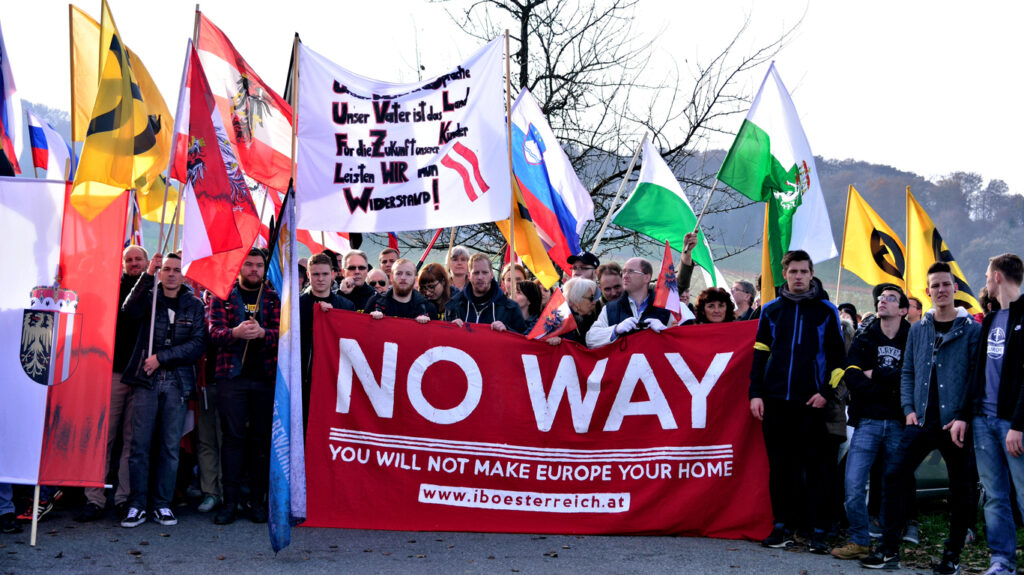
Yet, in the wake of the social ravages wrought by decades of neoliberal cuts to family welfare benefits and working-class wages, for a lot of people it just costs too much to have children. In response, a number of European countries, irrespective of ruling ideology, are simply sugar-coating moral calls to increase births with financial and tax incentives for couples who have babies.
It’s not working. In Finland several municipalities offer “baby bonuses” of up to €10,000 on top of very generous state family benefits. But the alarmingly low national birth rate doesn’t seem to care. Still, politicians refuse to acknowledge a crisis produced by a combination of low birth rates, depressing worker salaries, welfare cuts, higher living costs, and astronomical corporate profits.
Even Hungary, self-proclaimed champion of migration-free Europe, has yet to reverse its population decline despite having some of Europe’s most generous tax incentives to married couples who have multiple children (including a lifelong tax-emption for women who bear more than four children), and despite admitting 30,000 labor immigrants per year.
The “right kind” of displaced people
The EU does have mechanisms to facilitate more immigration. The Temporary Protection Directive (TPD) provides immediate temporary protection to large groups of displaced people from non-EU countries in the event of “mass influx” (or imminent mass influx). On the policy deathbed before the Russian invasion of Ukraine in February 2022, the TPD proved to be the unlikely saving grace for 4 million Ukrainians. Europe’s net immigration is much obliged, for a few years at least.
As beneficiaries of temporary protection, Ukrainians don’t go through a lengthy asylum procedure (but retain the right to seek asylum). They are able to move freely within the EU. They have access to housing, have the right to work, have access to education and social welfare, can reunite with family members, and more.
But the TPD has once again exposed an ugly reality: European migration policies are racialized. There have been several occasions when the EU could have triggered the TPD to alleviate the suffering of millions of people. The 2015 “refugee crisis” was but one example. The EU chose not to do that, because implementing the TPD, in the eyes of European decision-makers, would have acted as a major pull factor for Brown and Black migrants. And during the implementation of the TPD in 2022, multiple humanitarian NGOs observed how Black and Brown people fleeing Ukraine were subject to discrimination, violence, and racism.
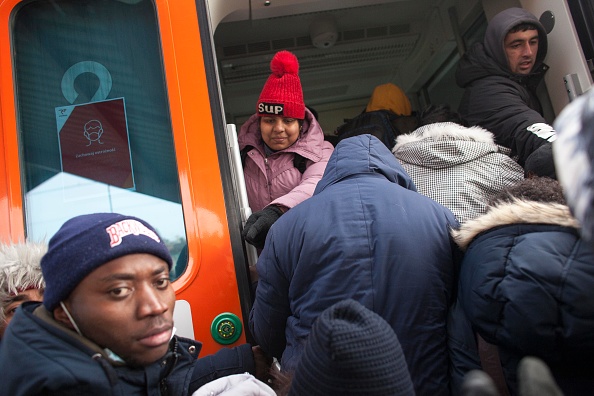
Still, the implementation of the TPD has given Europe a tested template for how to welcome other large groups through a mechanism that is humane and harmonized. It is effective and empathetic. Moreover, the plan is anchored in popular approval and international humanitarian law, and likely crucial for maintaining high net immigration.
Saving migrants, saving Europe
European migration policies toward most non-EU migrants currently stand on a moral wasteland. But new choices can be made. Policy courses can be reversed. That’s the hope of politics.
By heeding the dire warnings of its own statisticians and experts, the EU and its members states can and should tear down the prevailing regime of restrictive asylum and refugee policies, which are immoral, illegal, and inexpedient.
Europe has the tools to welcome many more workers, people who want to reunite with their families and, above all, people who don’t want to leave their homes but are forced to flee ineffable violence and danger. By saving others, Europe would save itself.

